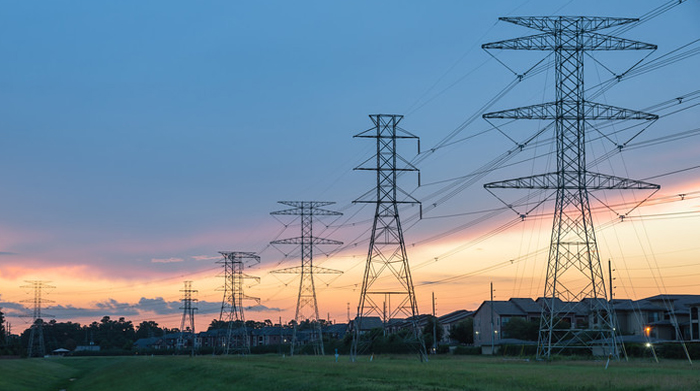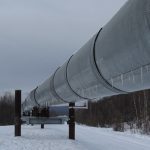Using Renewable Propane to Improve Grid Reliability

Image courtesy of polaristest under Attribution-NonCommercial-NoDerivs 2.0 Generic License, resized to 700 x 391 pixels.
So-called renewable propane could play a crucial role in the decarbonization of the power grid, helping to stabilize it and maintain reliability as additional clean energy sources are incorporated. Obviously, solar and wind power sources represent the most common types of renewable energy in the market, but because these are weather-dependent sources, good backup generation is critical.
Traditionally, most backup generation has relied on diesel fuel, but going forward propane-fired generators are preferred because they are more climate-friendly.
The Ins and Outs of Renewable Propane
According to Jim Bunsey of the Propane Education and Research Council (PERC), a whopping 90% of backup power is currently diesel-powered. However, the so-called “carbon intensity score” for diesel is 130, which is much worse than propane, which has a carbon intensity score or only 79. In other words, diesel is over 60% worse for the environment than propane.
Renewable propane has been used for about 5-6 years and is even less impactful to the environment, with a carbon intensity score of approximately 20. Unlike traditional propane, renewable propane is made from materials like vegetable oil, animal fats, used cooking oil, and seed oil from the camelina plant. Although quantities of this type of propane are limited (most of the U.S.-produced renewable propane is being delivered to California), volume is expected to increase as more suppliers enter the market.
All told, it’s expected that the introduction of more and more clean energy sources into the grid will create some fluctuations in supply and negatively impact grid reliability, so backup generation will be an important component of this transition. And renewable propane can and should be utilized as the fuel source of choice for backup power. Of course, the market is still in its infancy, so it will undoubtedly take years for this type of propane to become ubiquitous, but the good news is that the path to get there is relatively clear.



